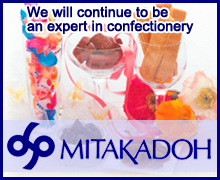Health, Flavor and Safety
~Delicious food products that are good for your body~
Cut and Slim low carb, long-life bread

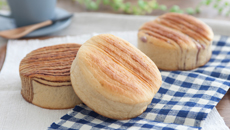
Japan's first low-carbohydrate long-life bread with a shelf life of 75 days at room temperature from the manufacturing date.
- It is made using a mix of wheat bran instead of wheat flour, and has only half the amount of carbohydrates compared to a regular slice of white bread (calculated at 27.4g of carbohydrates per 65g according to the Japanese Standard Food Composition Table 2020, 8th edition).
- This bread is rich in dietary fiber and one piece provides 63% of the daily recommended intake for adult women (compared to the dietary fiber intake target of 18g or more for women according to the Ministry of Health, Labour and Welfare's "Japanese Dietary Reference Intakes 2020," and 11.4g for Hokkaido cream flavor).
- It has a moist, chewy, and soft texture, and is manufactured in a domestic contracted factory.
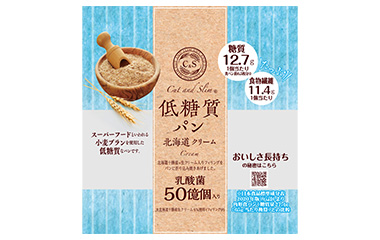 Hokkaido Cream
Hokkaido Cream
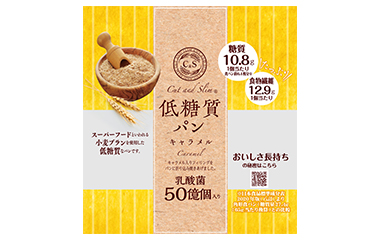
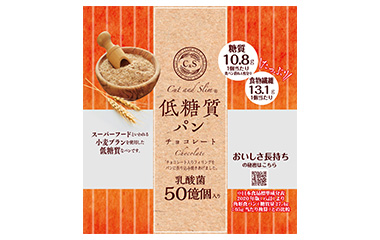 Chocolate
Chocolate
Jelly made from konjac containing 1 billion lactic acid bacteria.
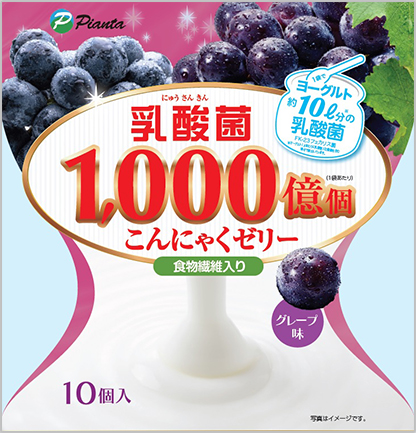
A single packet contains approximately 10 liters worth of lactic acid bacteria (FK-23 fecalis bacteria) yogurt.
- Each packet contains 1 billion lactic acid bacteria. The lactic acid bacteria used are the gentle FK-23 fecalis bacteria that are heat-treated, and are said to have three times the immune-activating power of live bacteria. It is easy to consume delicious lactic acid bacteria.
- The jelly has a satisfying texture and good chewing resistance. The chewy texture of the konjac jelly makes it easier to feel a sense of satisfaction in the stomach by chewing well.
-
The refreshing grape flavor is easy to eat, and the individually packaged pouches are easy to eat without making a mess. It also reduces waste, making it perfect as a dessert for bento boxes and outings.
*Definition of yogurt: It must contain 100 million lactic acid bacteria per liter (according to the Milk and Milk Products Order).




